Maximize Your Strawberry Harvest: A Complete Growing and Care Guide
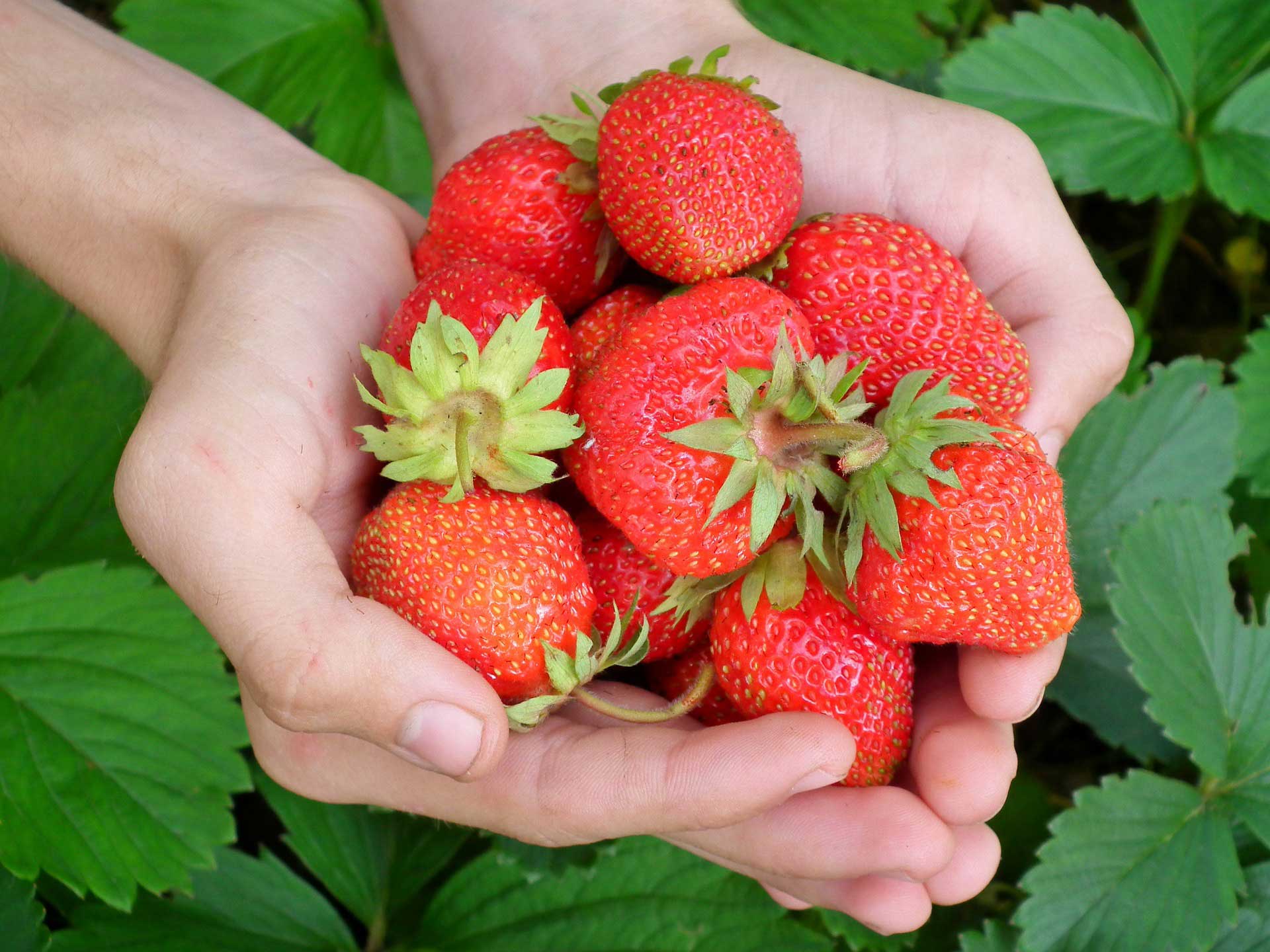
Table of Contents
The garden strawberry is among the prettiest fruits ever. It is one of the most liked fruits by people from all age groups and is also one of the healthiest. Strawberries are loaded with high levels of vitamins C, E, and K, are a rich source of antioxidants which makes them extremely beneficial for the skin, and also contain ellagic acid, which protects the skin from harmful UV rays.
The strawberry plant is also an anti-aging agent for the skin as it has properties that enhance the elasticity of the skin. Being a highly versatile fruit, strawberries are a favourite dessert ingredient of chefs all over the world. It can be used to make jams, milkshakes, compotes, as a topping, in ice creams, and so on. The best part about strawberries is that these tiny fruits can also be grown at home. To reap the benefits of strawberries, follow the simple steps mentioned below to expand your kitchen garden.
When to Grow a Strawberry Plant?
Strawberries are perennial plants that will thrive in your backyard for several years. The right time to grow a strawberry plant depends on the type of strawberry you wish to grow. There are 3 main varieties of strawberries:
1. Summer-Bearing Strawberries
These strawberries have the single largest crop for around two weeks in the summer season. The plant needs warm and sunny weather; therefore, the process must start in the spring season, i.e., in the months of March-April.
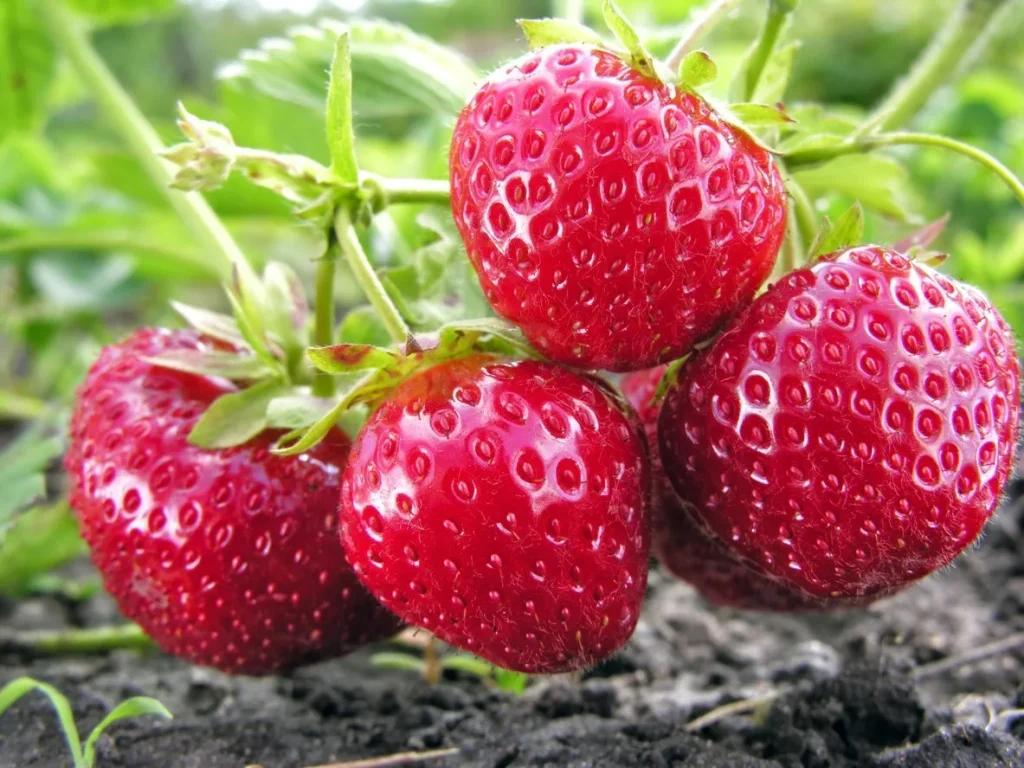
2. Ever-Bearing Strawberries
Also known as Perpetual strawberries, they produce fruit for the entire season. Sow the seeds of these plants in early spring when the soil is not too muddy, and you can pick them once in late spring and for the second time in late fall.

3. Wild or Alpine Strawberries
These strawberries are an ever-bearing variety of strawberries but with smaller fruits. These are produced continually throughout the summer and are perennial fruits, so they are fully hardy to temperatures as low as -20 degrees Fahrenheit. Consumption of alpine strawberries is helpful in reducing hair fall, controlling diabetes, and even regulating blood pressure.
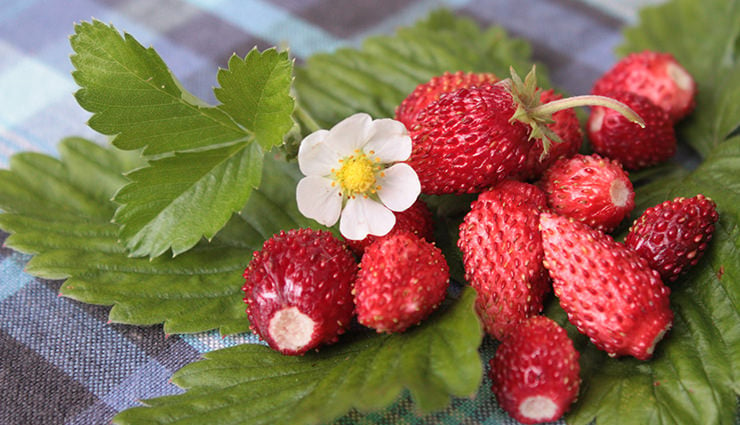
How to Grow a Strawberry Plant?
Strawberries can be grown in pots, containers, and even on the ground. Here are a few ways to plant strawberries outdoors as well as indoors:
1. Select the Planting Site
The strawberry plant should not be placed in a windy corridor. The spot should be well-lit as the plant needs proper sunlight exposure for maximum fruition. A minimum of 6 hours of sunlight is important, whereas a maximum of 12 hours of sunlight is extremely advantageous for full maturity.
If you wish to grow strawberries indoors, then keep them under an LED plant light for 16 to 17 hours each day. Since strawberries have a very high water content, they can grow very beautifully if grown hydroponically. These strawberries have a very tart flavour and also have a higher Vitamin C content since there are no chances of drought stress.
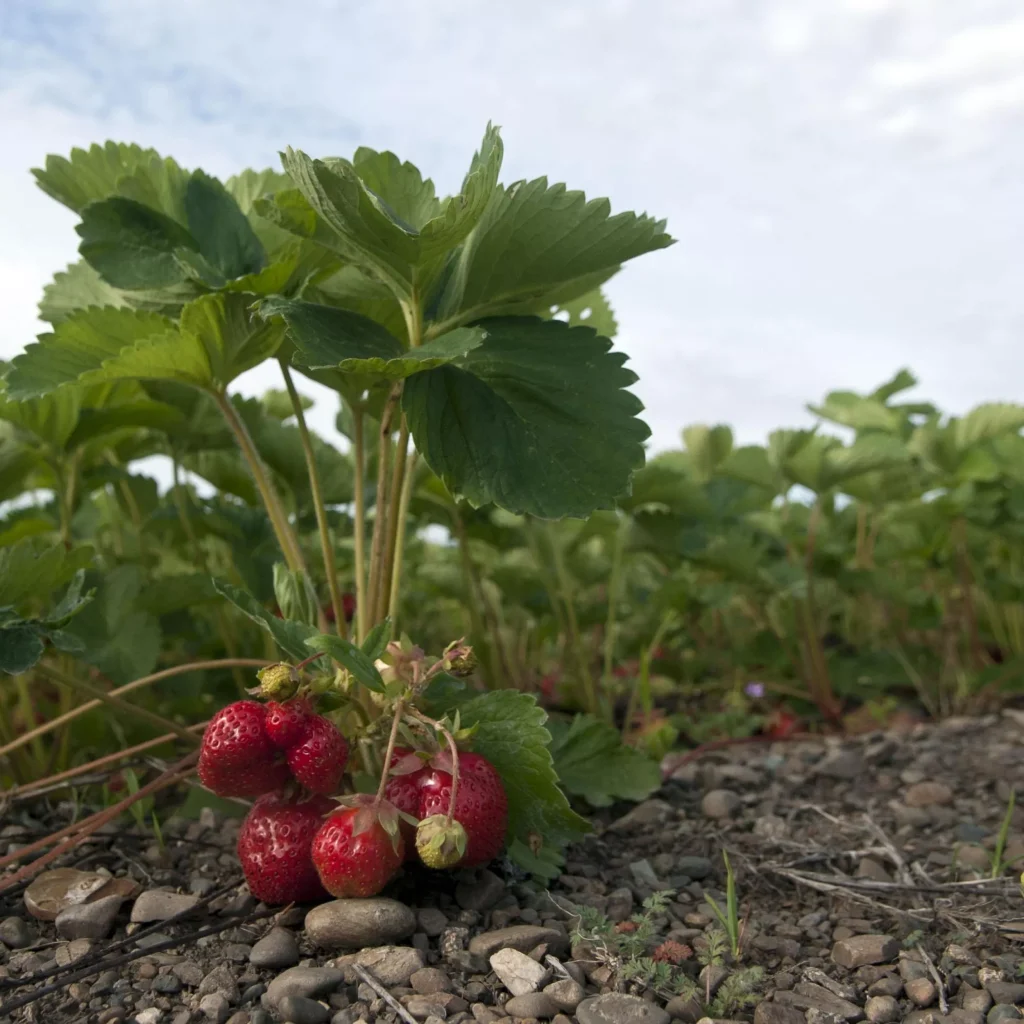
2. Prepare a Planting Site
Strawberries can grow in hanging baskets, wooden and plastic barrels, large planters, vertically hanging bags, and even window baskets. The traditional way of growing strawberries is to plant them in the ground or in beds. Make sure that your soil is moist, well-drained, and sheltered from prevailing weather. Since they are invasive plants, you can raise the level of the bed a little. Once the soil is workable and there is no frost in it, transplant the strawberry plants into your garden or yard.
The soil pH must range between 5.5 and 7, i.e., slightly acidic to neutral. If the soil is alkaline, it is best to grow strawberries in barrels or large containers filled with potting soil that is rich in compost.
Although they can grow well in all kinds of soil, loamy soil would suit them the best. Prepare the soil with good-quality compost or aged manure a few months before starting the sowing process. Clay soil needs more manure as compared to other soils like sandy soil, which needs only 1 inch of manure.

3. Sowing the Roots
There has to be ample space between strawberries to grow properly. The plant needs adequate room for sprawling. Therefore, a distance of 4 feet between the rows is important. Runners are set apart at a distance of 20-25 centimeters in twin rows.
The plant holes must be deep and wide enough to fit the entire root system without bending them. Only the roots of the plants are supposed to be covered, and the crown is supposed to be visible at the surface level. Sowing the bud or the crown deep into the soil can cause it to rot, so the process has to be completed carefully. Make sure that the leaves, flowers, and fruits have access to fresh air.
Consistent watering at this stage is a must, as it will enable the soil to remain moist throughout.
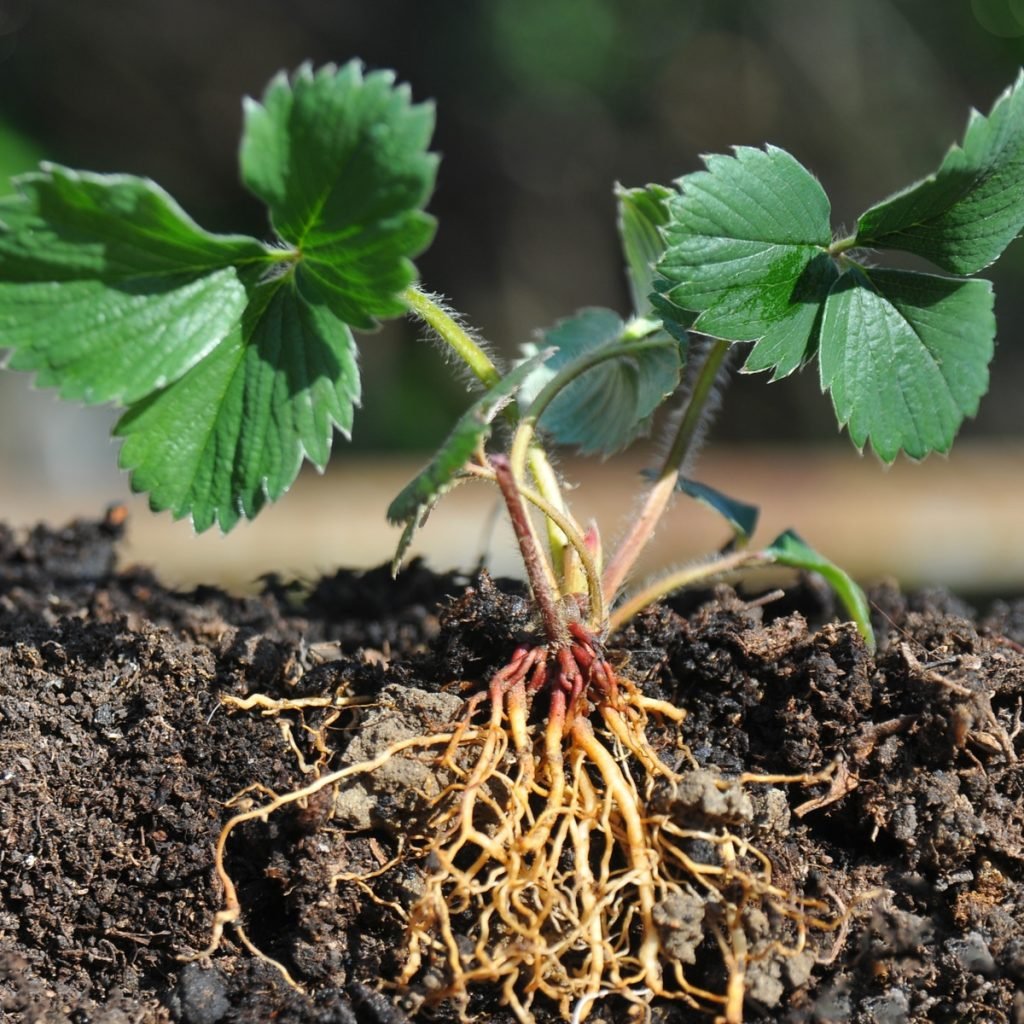
How to Care for the Strawberry Plant?
- Weed diligently: Always keep the bed weed-free and use a gritty mulch to keep bugs and slugs at bay. Sand and pine needles can be very beneficial in foiling slugs and controlling the damage. For bigger bugs like Japanese beetles, you can either use pureed garlic or spray neem oil. Scarecrows work best against birds
- Proper fertilization: Strawberries are susceptible to many different kinds of diseases. Therefore, using organic granular fertilizers is a must at the beginning of the growing season. Any fertilizer that is rich in nitrogen can be used for strawberries, and for an extra boost for the plant, spray it once in April and for the second time in September. Fungal infections can be kept at bay by consistent harvesting and will keep the plant producing more fruits.
- Maintain moisture at all stages of growth: By maintaining proper moisture levels in the soil, the roots will get established faster and make the plant healthier. If possible, drip irrigation is the best and most efficient method of keeping the soil moist and providing the plant with adequate nutrients
- Plant flowering herbs alongside. If you plant flowering herbs next to your strawberries, you will encourage pollination and a healthy diversity of native bees, as that will help in growing the maximum fruit set and fruit size.
- Practice crop rotation: It is not advisable to grow strawberries in the same field for more than 5 years in a row. Rotating strawberries with legumes or cover crops like oats, barley, bell beans, and so on will replenish the soil with nutrients and improve the nitrogen content in the soil
- Select the right companion plants: Strawberries must not be grown around certain plants like peppers, potatoes, mint, raspberries, roses, tomatoes, chrysanthemums, eggplant, and melons because it can lead to unnecessary competition for nutrients and even alter the pH level of the soil. Growing strawberries immediately after these crops have been harvested can also cause fungal infections.
- Pick blossoms at the right time: For a better yield in the second year, discourage the plant from blooming in the first year so that this energy can be used for the proper growth of roots. Removing runners is also a must. By removing runners, you will allow the plant to devote its energy to becoming a strong plant with well-established roots.
- Caring for strawberries during the winter season: During winters, mow or cut the foliage down to one inch after the first few bouts of frost. It is generally recommended to leave dead growth as it is to enhance insulation. However, make sure that the dead foliage is removed at the beginning of spring before starting the plantation process.
- Use row covers: To shield your strawberries from cold weather and for extension of the season, too much sun exposure and insects, pests, and birds, cover your strawberry rows with net covers or plastic covers.
- Mulching is critical: Mulch plants are approximately 4 inches deep with straw, pine needles, or any other type of organic matter, especially during the winter season. Remove the straw cover once the frost has passed at the beginning of spring.
How to Harvest a Strawberry Plant?
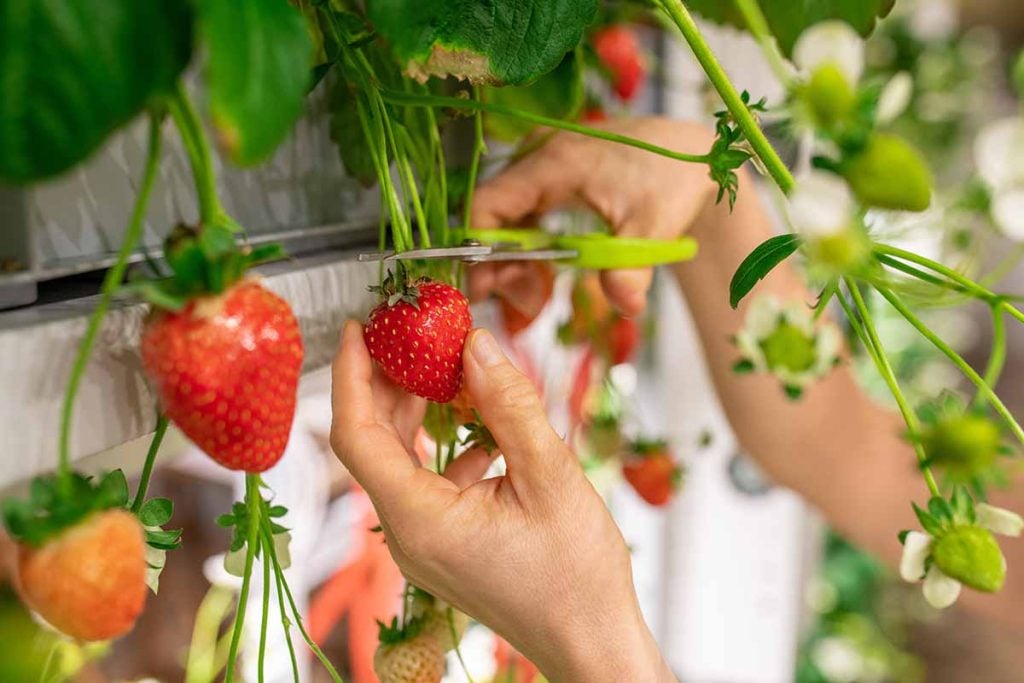
For better product, do not let the plant bear fruit in the first season and pick the blossoms as soon as they appear. This way, the mother plant will produce healthy daughter plants as the entire energy of the plant will be devoted to growing runners. The strawberry season does not last for more than four weeks; therefore, it is vital for you to know how to harvest them properly so that there is minimum wastage.
Follow the steps mentioned below to harvest your precious berries properly:
- If the plant is grown under the right conditions, the fruit will be ready to harvest after 4 to 6 weeks of blossoming.
- Only the bright red strawberries are the ones that are ripe, so pick them every 3 days. Also, pick the berries either early in the morning or at a time when the temperature is comparatively cooler.
- Make sure that you cut the stem and not pull the berry from the plant, for that could be harmful to the plant. The fruit should be snipped from just above the calyx and not more than half an inch above the pedicel with a pair of clean scissors.
Conclusion
Due to their neat and tidy clumps, a strawberry plant works as a wonderful edible ground cover. They are simple to grow, easy to manage, and contribute to the aesthetic appeal of your kitchen garden as they have thick green serrated leaves and blossoms that are red, pink, and white in color. Such qualities make the process an extremely fruitful endeavour. Therefore, planting various cultivars like Northeaster, Sable, Primetime, and Cardinal, to name a few, is highly recommended.
We hope this post has given you enough motivation to grow sweet fruit in your kitchen garden and prepare some delectable dishes. If yes, do share your recipes and photographs of your plant with us in the comment section.
Frequently Asked Questions
What All Pests and Diseases Are Strawberries Susceptible To?
Strawberries are susceptible to bacterial, fungal, and viral diseases, as well as mold. The strawberry plant can catch diseases like angular leaf spots, leaf blotch, powdery mildew, and charcoal rot, to name a few. What makes it worse is that all the parts of the plant, namely, its fruits, flowers, leaves, roots, and crowns, are susceptible to diseases, and the entire plant can collapse because of it.
Which Country Is the Largest Producer of Strawberries?
China is the largest producer of strawberries in the world. They produce 3,801,865 tonnes of products every year. The second largest producer of strawberries is the United States of America, as they produce 1,420,570 tonnes per year.
Does a Strawberry Plant Reproduce?
Strawberry plants reproduce by propagation as the mother plant produces runners or horizontal stems that bud into new daughter plants. Strawberry plants are also self-pollinating and can produce sexually as well as asexually.
How Many Times Does a Strawberry Plant Bear Fruits?
The number of times a strawberry plant will bear fruit depends on the variety of strawberries being grown by you. Generally, classic strawberries fruit once a year, perpetual strawberries fruit twice, i.e., once at the beginning of summer and once at the beginning of fall for the second time. Alpine strawberries fruit continuously from early summer to fall.

![Learn How to Grow Leeks: From Seed to Harvesting [UK]](https://staging.thearches.co.uk/wp-content/uploads/How-To-Grow-Leeks-In-A-Vegetable-Garden.jpeg)
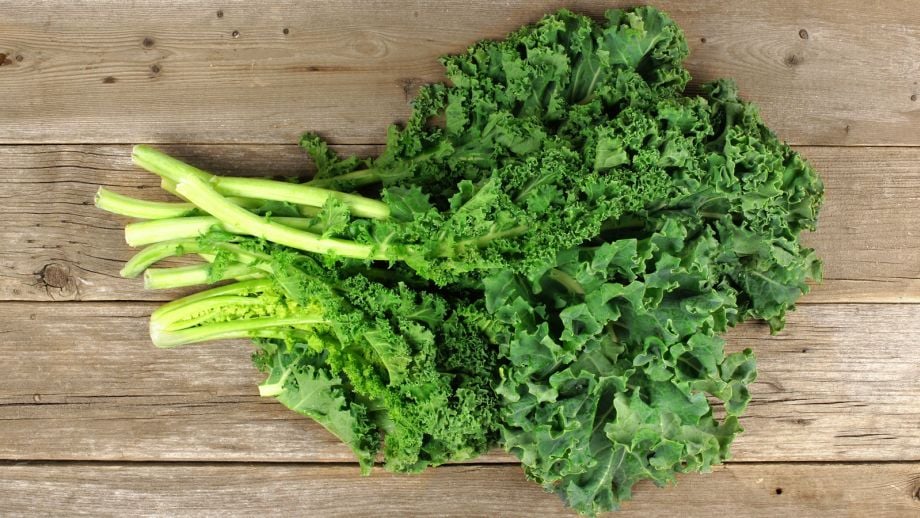
![When and How to Grow Broad Beans [UK]](https://staging.thearches.co.uk/wp-content/uploads/How-To-Grow-Broad-Beans-scaled.jpg)
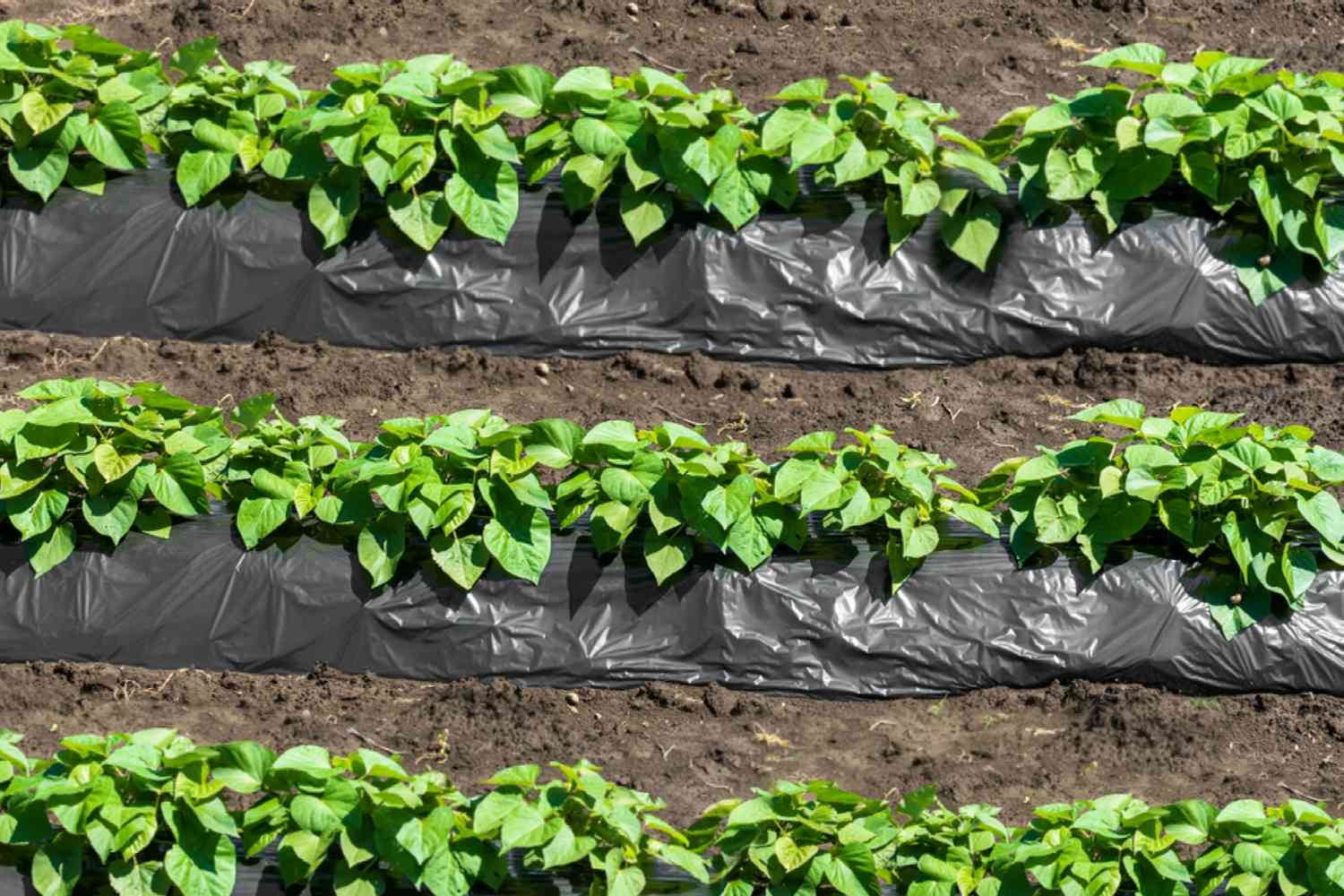
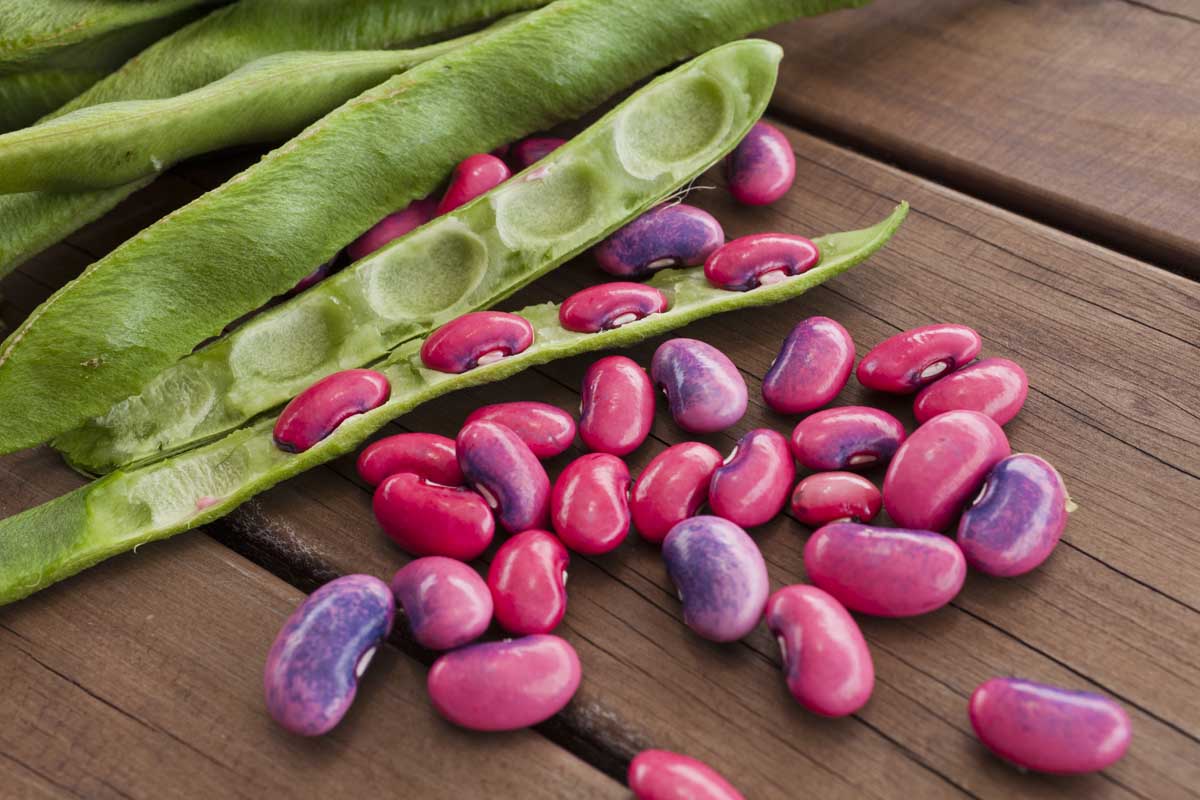
![When and How to Harvest Cabbage [Methods of Storing, Tips, FAQs]](https://staging.thearches.co.uk/wp-content/uploads/How-And-When-To-Harvest-Cabbage.jpg)